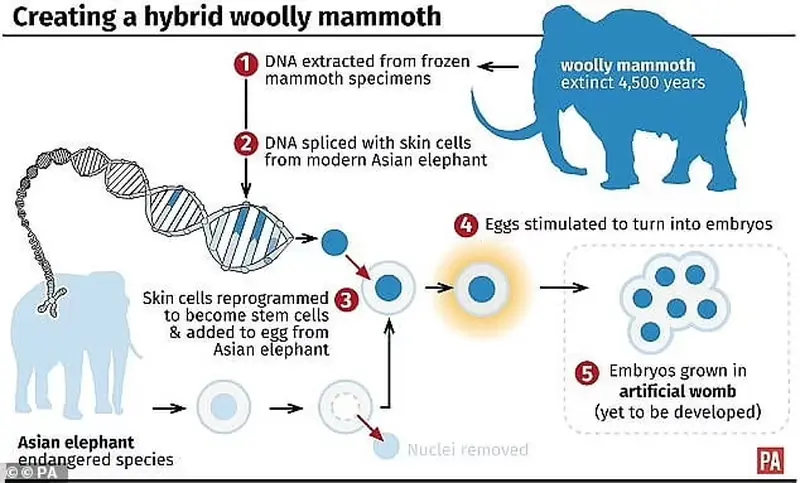
The team from the Immunology Department at Weill Cornell Medical Center in New York has taken another step toward slowing down the aging process for humanity.
Ancient viruses, whose DNA has traveled through the human genome for millennia, may be responsible for many age-related diseases. Now, scientists have demonstrated for the first time that they can use this viral DNA—known as “retroelements”—to predict the age of human cells with “high accuracy.”
In recent years, this seemingly inactive “junk” DNA has been linked to everything related to aging, from sleep patterns and memory formation to bipolar disorder.
Now, armed with the new ability to track a person’s age using ancient viral DNA, researchers plan to investigate whether new antiviral treatments can slow down aging processes by deactivating the most harmful retroelement genes.
Insights from the Researchers
Interestingly, previous studies have shown that about 8 percent of the human genome consists of viruses similar to the ancient viral retroelements that form the basis of this new research.
During this study, the team utilized previously unknown features of ancient viral DNA to create a biological clock for tracking human age based on chemical changes in DNA.
Researchers suggest that new antiretroviral treatments, similar to those used to combat HIV/AIDS, could one day help reverse the signs of aging.
“Our results showed that the retroelement clock captures previously undetected aspects of biological aging,” said Dr. Michael Corley, a co-author of the study. He also emphasized that the new age calculation method—Retro-Age, used in this research—”could open doors to future treatments for various age-related diseases.”
The foundation of this new age determination method is a process called “methylation.” This involves replacing part of the DNA chain with a mixture of carbon and hydrogen atoms, known as a “methyl group”—a chemical marker that then activates the gene. Changes in these “chemical markers” of certain ancient viral retroelements are likely linked to inflammation, genomic instability, and some age-related diseases.
As reported by the Daily Mail, the new study employed a machine learning model based on artificial intelligence, developed by the medical firm TruDiagnostic from Kentucky, to track DNA methylation. The company’s model was trained on DNA data from approximately 12,670 individuals aged 12 to 100 years.
The reactivation of certain retroelements increases with age, which can lead to biological signs of aging, Dr. Corley explained. He also noted that cellular aging, or the phenomenon where cells stop dividing, is likely associated with this activated ancient viral DNA.
Key Takeaways
Researchers believe that treatments capable of halting the activation of ancient viral DNA could slow down many physical symptoms of aging.
Dr. Corley and his colleagues’ Retro-Age method has shown promising results in at least two areas.
First, it has helped to more accurately identify and document instances when a person’s so-called biological age diverges from their chronological age.
Second, this work has likely revealed an anti-aging effect associated with antiretroviral drugs similar to those used to treat individuals with HIV/AIDS.
The team now hopes to conduct further research to determine whether these treatment methods have a similar rejuvenating effect on individuals who have not yet overcome HIV or another immunodepressant virus.
The study’s findings were published in the journal Aging Cell.

